NPK for Zinnia or Dahlias?
daleyc
16 years ago
Featured Answer
Sort by:Oldest
Comments (23)
tapla (mid-Michigan, USDA z5b-6a)
16 years agoDonna
16 years agoRelated Discussions
Are Dahlia and Zinnia the same plant?
Comments (5)KRP, Like Debbie said, they aren't the same at all. Dahlia flowered zinnias have a flower form rather similar to one form of dahlia. I like to grow zinnias myself. Oddly, there are cactus flowered dahlias, and there are also cactus flowered zinnias, and they also look rather similar. But the plants and leaves are different. MM...See MoreDahlias, zinnias , impatients
Comments (2)Padmaja, I think we agree that it would look better to have the taller plants in the middle and the shorter plants to the outside. Impatiens aren't very tall, so they should be at the outside. However, impatiens need much less sun than dahlias or zinnias, so shade may be a factor. That leaves the problem of the dahlias and zinnias. Are your dahlias in the form of tubers or seeds? And how tall are they supposed to grow? I am a big fan of zinnias, but since they are seeds, you may not have room for them in the 4-foot circle. The 15 dahlias may take up all of the central space. You might plant both dahlias and zinnias in the central area, with the idea that the zinnias will bloom first and that they can be removed as the dahlias come into bloom, but I am uncertain how long it will take your dahlias to bloom. It takes zinnias about two months to begin blooming from seed. I don't know what variety of zinnia seeds you have, and zinnias range from six inches high to over three feet high, depending on the variety. At this time we don't know enough details about your dahlias and zinnias to make good recommendations about where to put them. MM...See MoreLooking for Purple Dahlia Zinnia
Comments (3)I have some leftover commercial Giant Dahlia Deep Purple and Giant Dahlia Dream which is light purple. Let me know if you want either or both. Jackie...See MoreHave: Giant Zinnias, Balsam, Marigolds, Skyscraper Sunflowers
Comments (8)I am interested in your Marigold Golden Guardian and Tiger Eyes. I have a red sunflower (I'll have to look up the variety tonight). I also have mixed heucheras (great plants for part shade) and two hostas. The hostas are Hosta sieboldiana 'Elegans', a large blue hosta, and also an unnamed light green very large hosta with large fragrant flowers that blooms late July/August (my favorite!). Neither of the hostas are quite ready (need a good frost). I usually make my packets for at least 100 or more seeds, but am not particular about the size of the exchange. Do any of those interest you? Thanks for considering. GardenPrincess...See Moredaleyc
16 years agotapla (mid-Michigan, USDA z5b-6a)
16 years agoDonna
16 years agocalistoga_al ca 15 usda 9
16 years agotapla (mid-Michigan, USDA z5b-6a)
16 years agodaleyc
16 years agotapla (mid-Michigan, USDA z5b-6a)
16 years agotriple_b
16 years agohandee
16 years agotapla (mid-Michigan, USDA z5b-6a)
16 years agohandee
16 years agodaleyc
16 years agotapla (mid-Michigan, USDA z5b-6a)
16 years agodaleyc
16 years agodaleyc
16 years agotapla (mid-Michigan, USDA z5b-6a)
16 years agodaleyc
16 years agohardin
16 years agomaineman
16 years agodaleyc
16 years ago
Related Stories
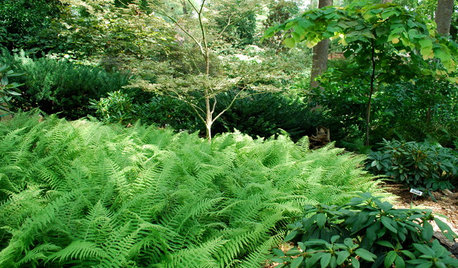
PLANTING IDEASFerns: A Shade Gardener’s Best Friend
Bring rich texture and contrast to a dark woodland landscape with wonderfully diverse ferns
Full Story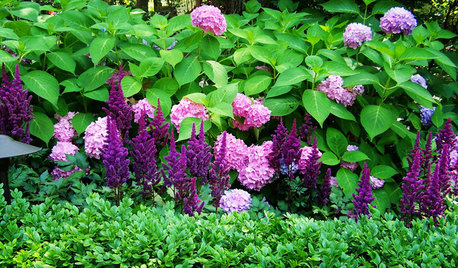
GARDENING GUIDESSoutheast Gardener's May Checklist
Bask in the blooms and mind your mulch this month; summer means lots to savor and lots to do in the garden
Full Story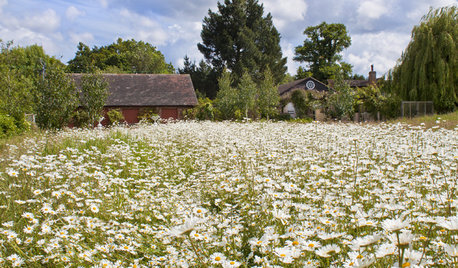
GARDENING GUIDESHouzz Call: What’s Your Favorite Backyard Beauty?
The simple, honest daisy is this writer’s go-to garden flower. We want to hear which plant, flowering or otherwise, gives you special joy
Full Story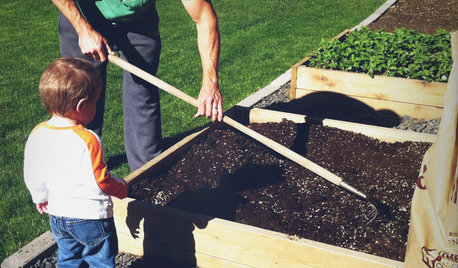
GARDENING GUIDESSouthern California Gardener's September Checklist
Before prime planting time, clean out the old garden, prepare for the new, and dream up ideas for fall flowers and veggies
Full Story0
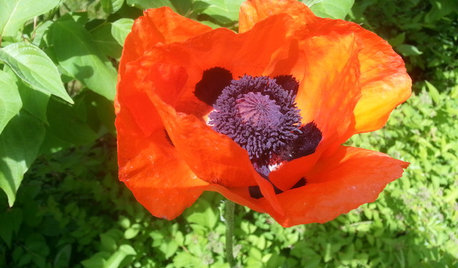
GARDENING GUIDESBeautiful Flowers and Foliage From Dedicated Backyard Gardeners
From lawn daisies to topiaries, Houzz users share their backyard beauties
Full Story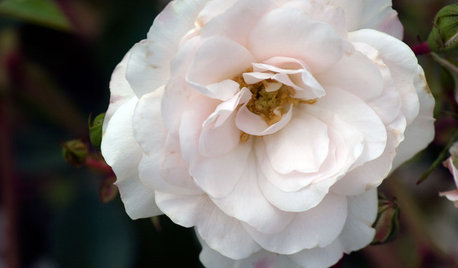
GARDENING GUIDES5 Favorite White Roses for a Purely Beautiful Garden
How does your garden glow? With roses that look like light and smell divine
Full Story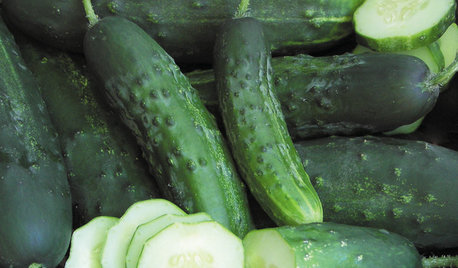
SUMMER FRUITS AND VEGETABLESSummer Crops: How to Grow Cucumbers
Pick a peck for pickles or opt for fewer and raw — no matter how you slice them, cucumbers are great for summer gardens small to large
Full Story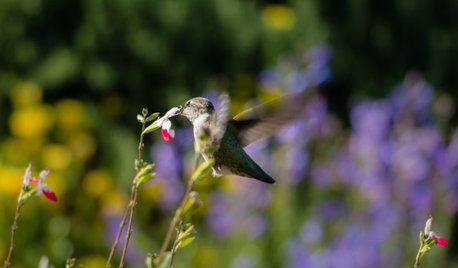
GARDENING GUIDESAttract Hummingbirds and Bees With These Beautiful Summer Flowers
Roll out a welcome mat for pollinators to keep your landscape in balance and thriving
Full Story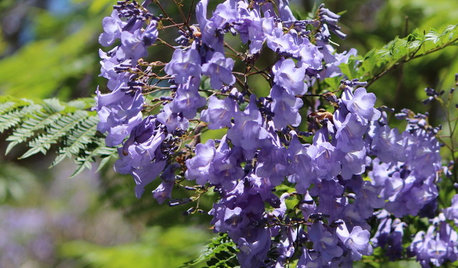
CALIFORNIA GARDENINGCalifornia Gardener's July Checklist
Bite into tree-fresh apricots, inhale delightful garden perfumes and continue planting vegetables for a late-summer harvest
Full Story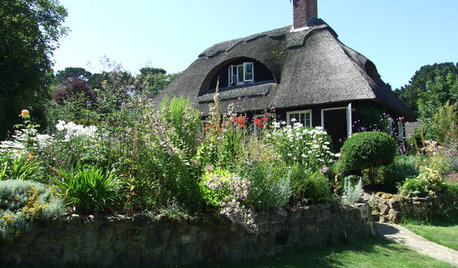
INSPIRING GARDENS12 Storybook Cottage Gardens
If you want a bewitching cottage garden but aren’t sure where to start, these ideas will get you planting in no time
Full Story





tapla (mid-Michigan, USDA z5b-6a)